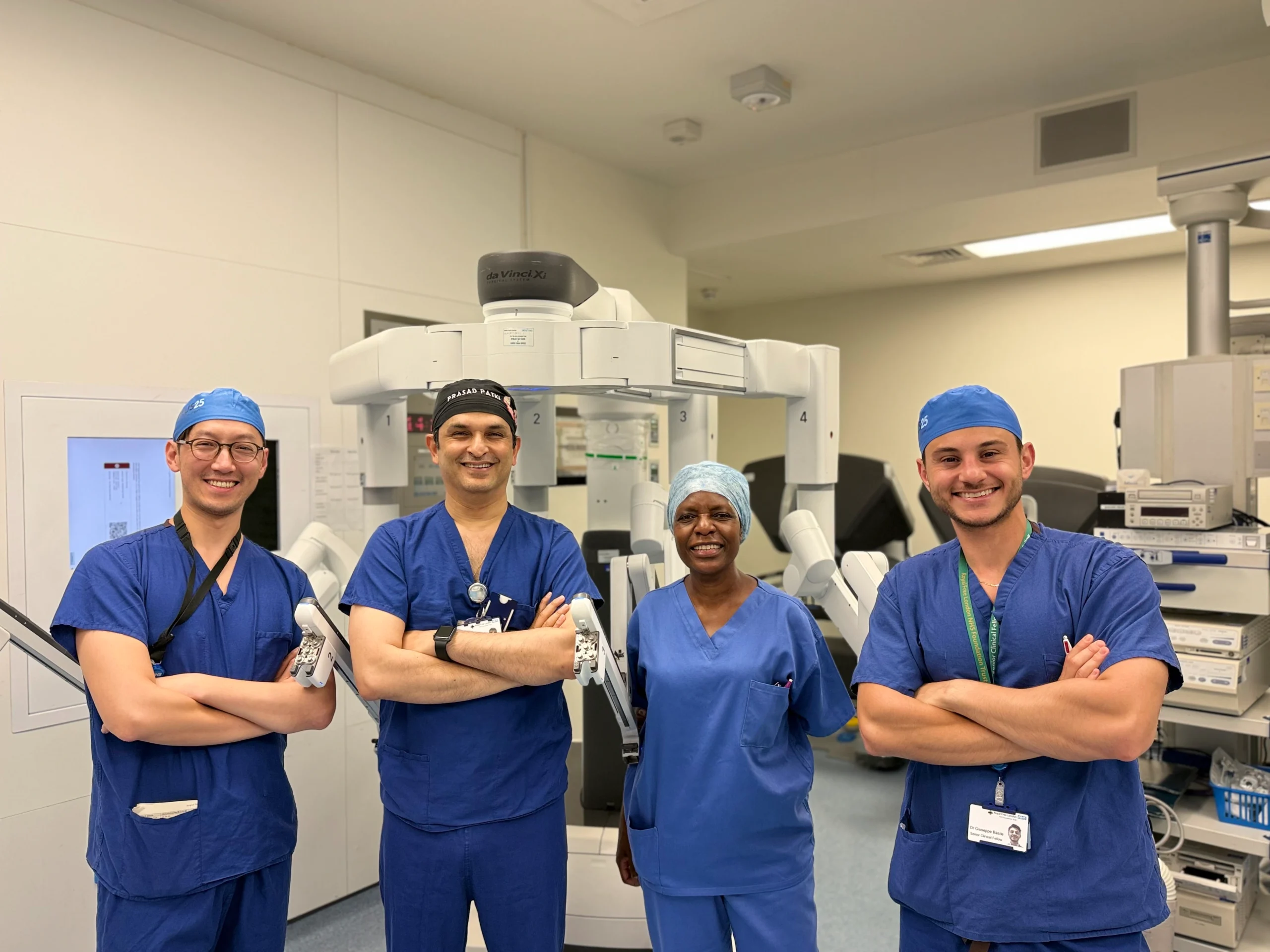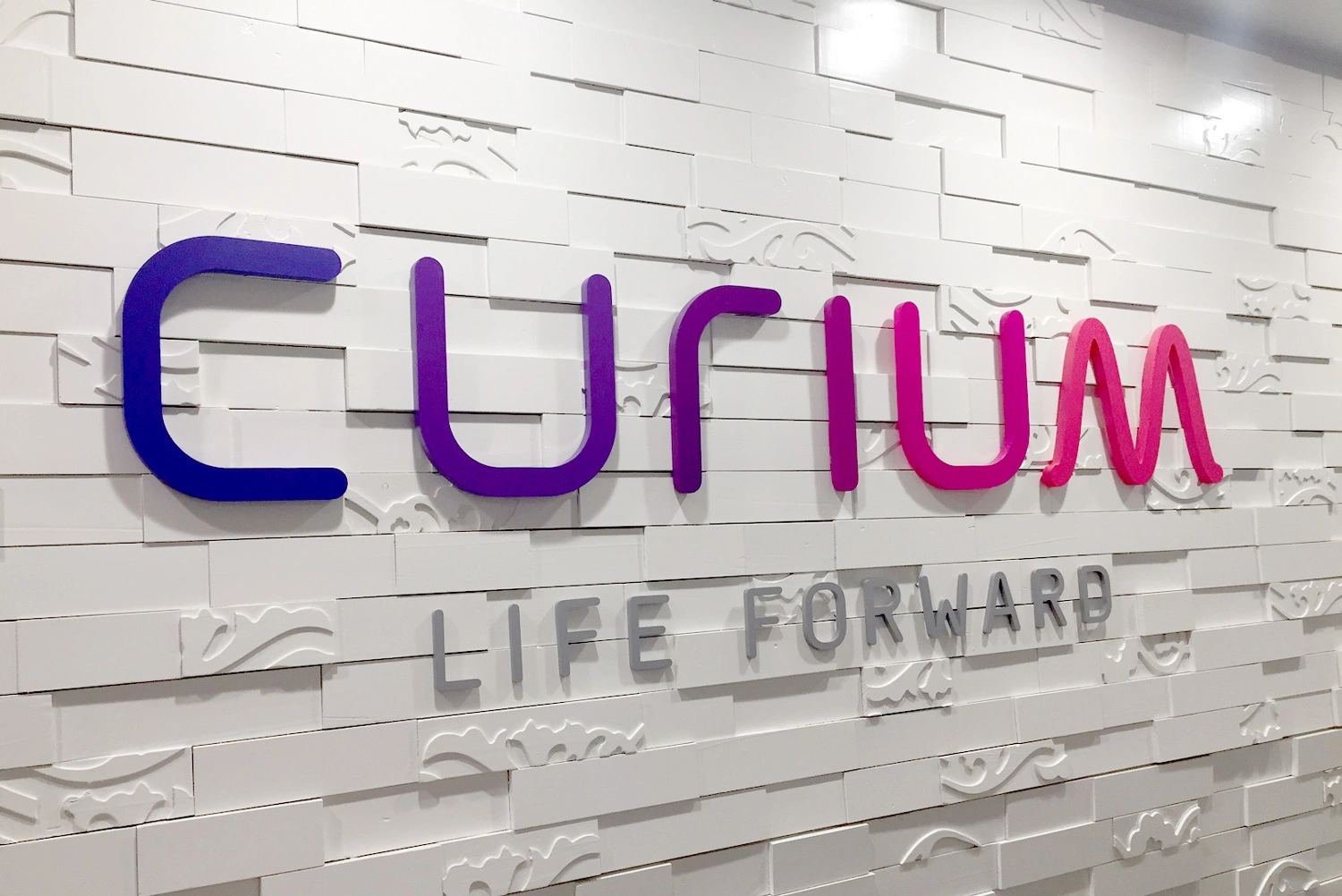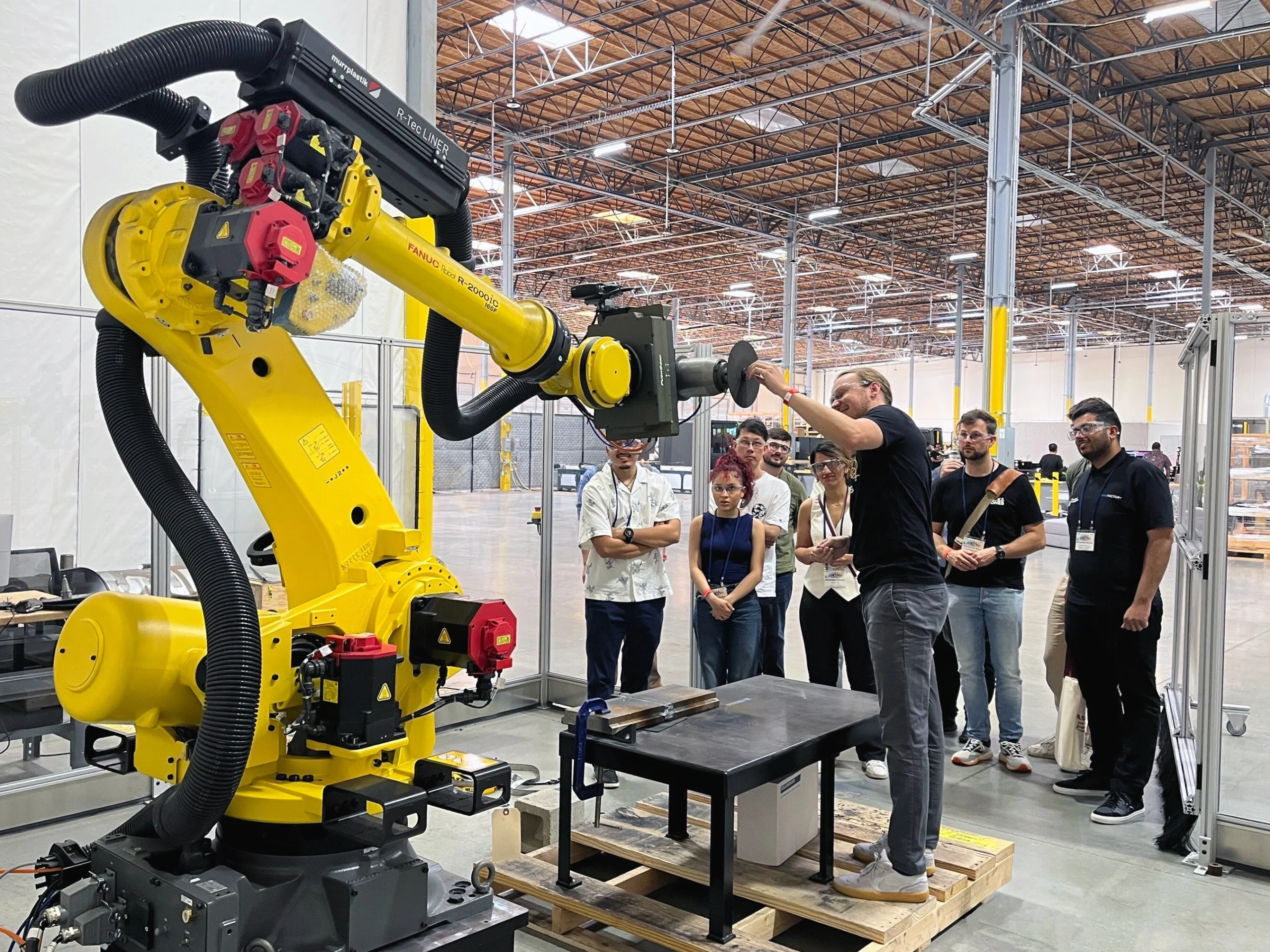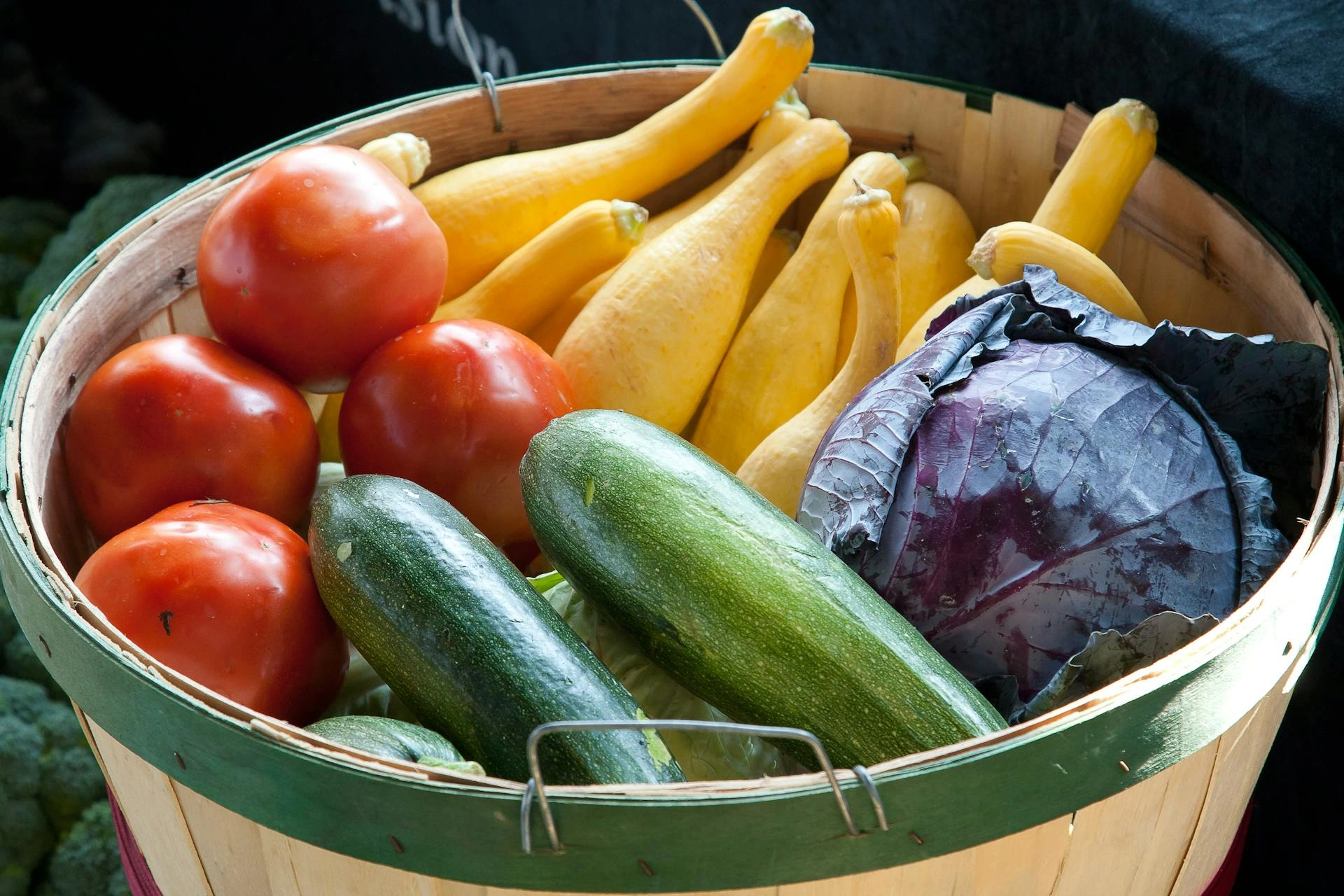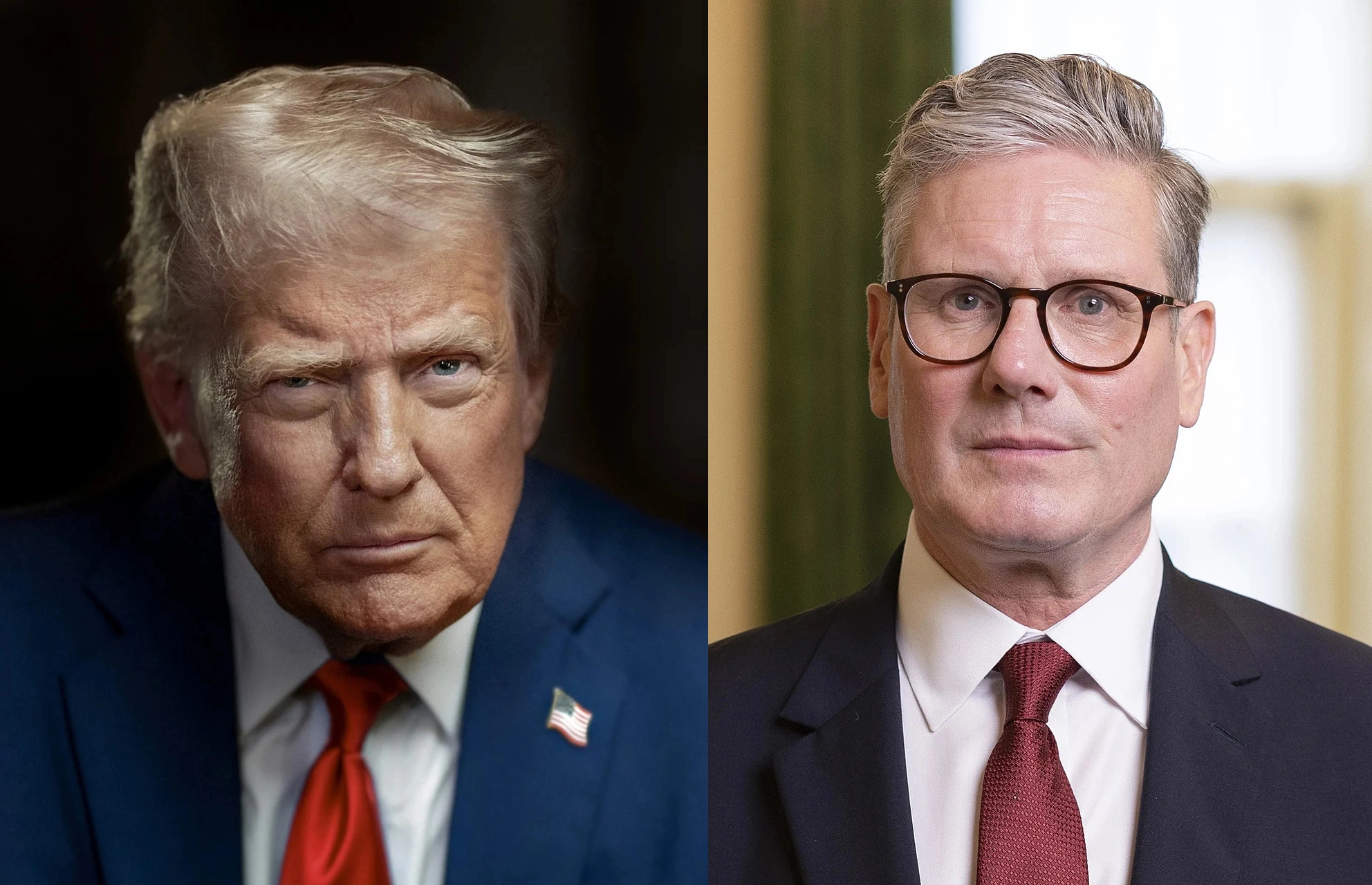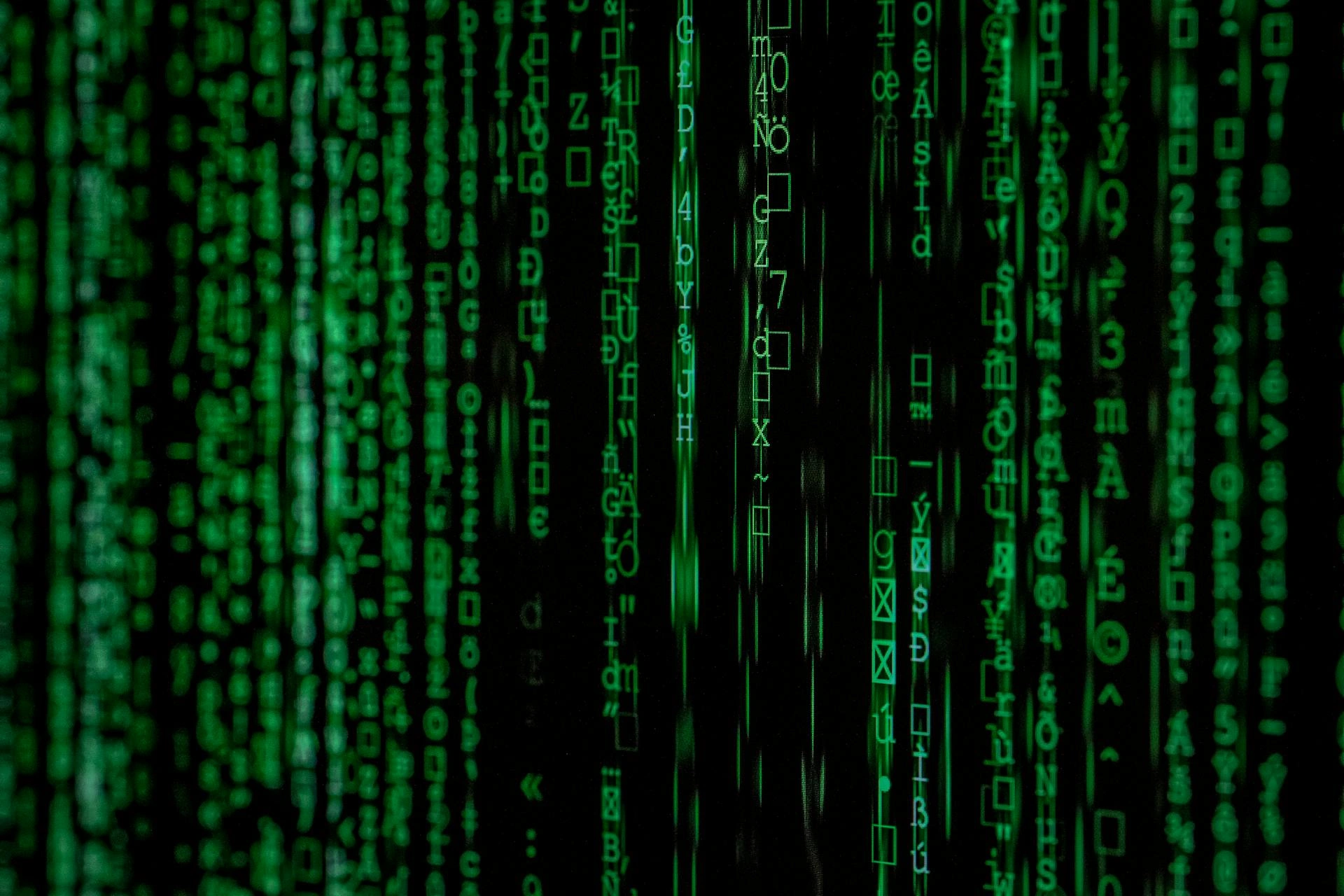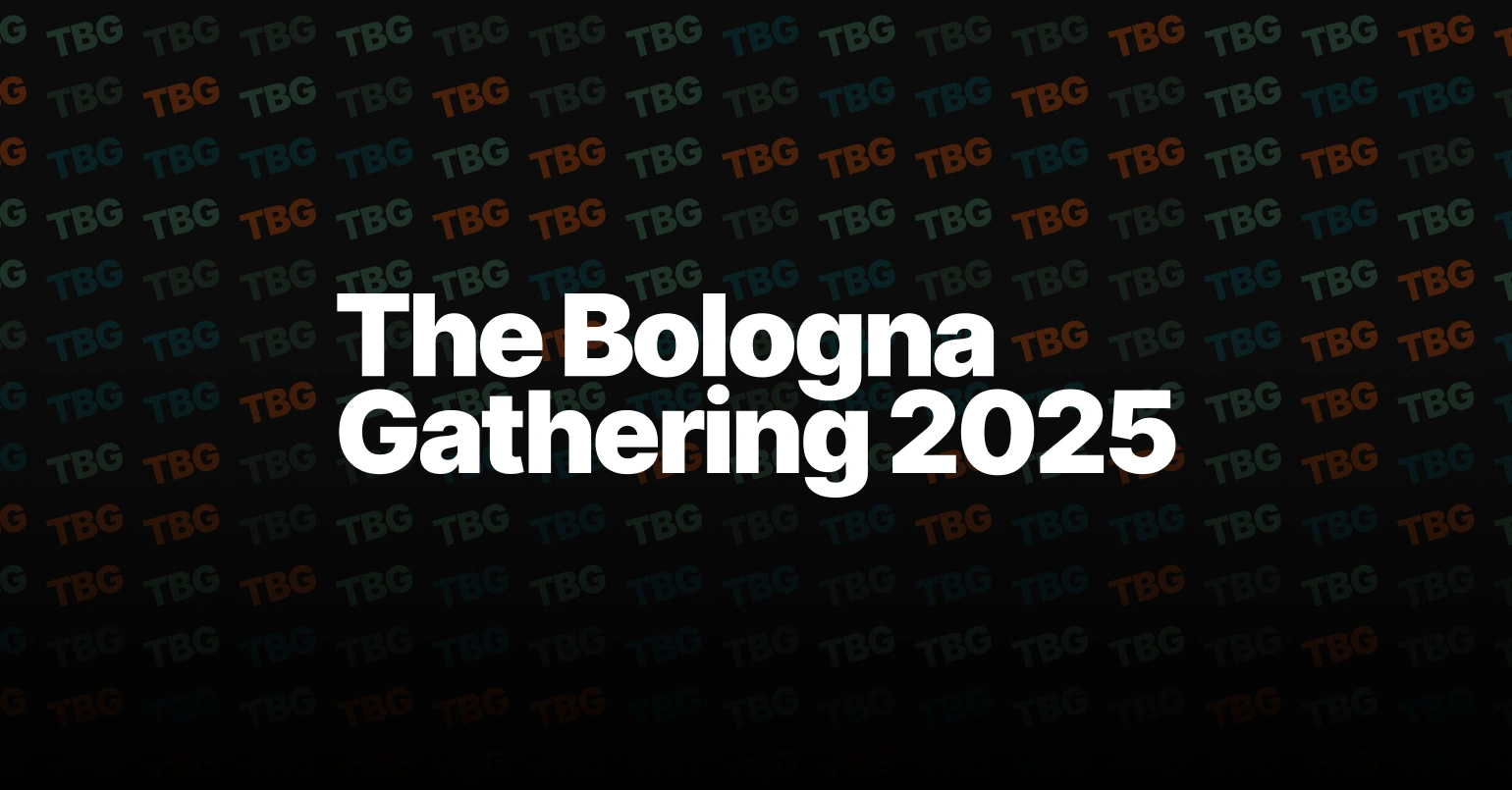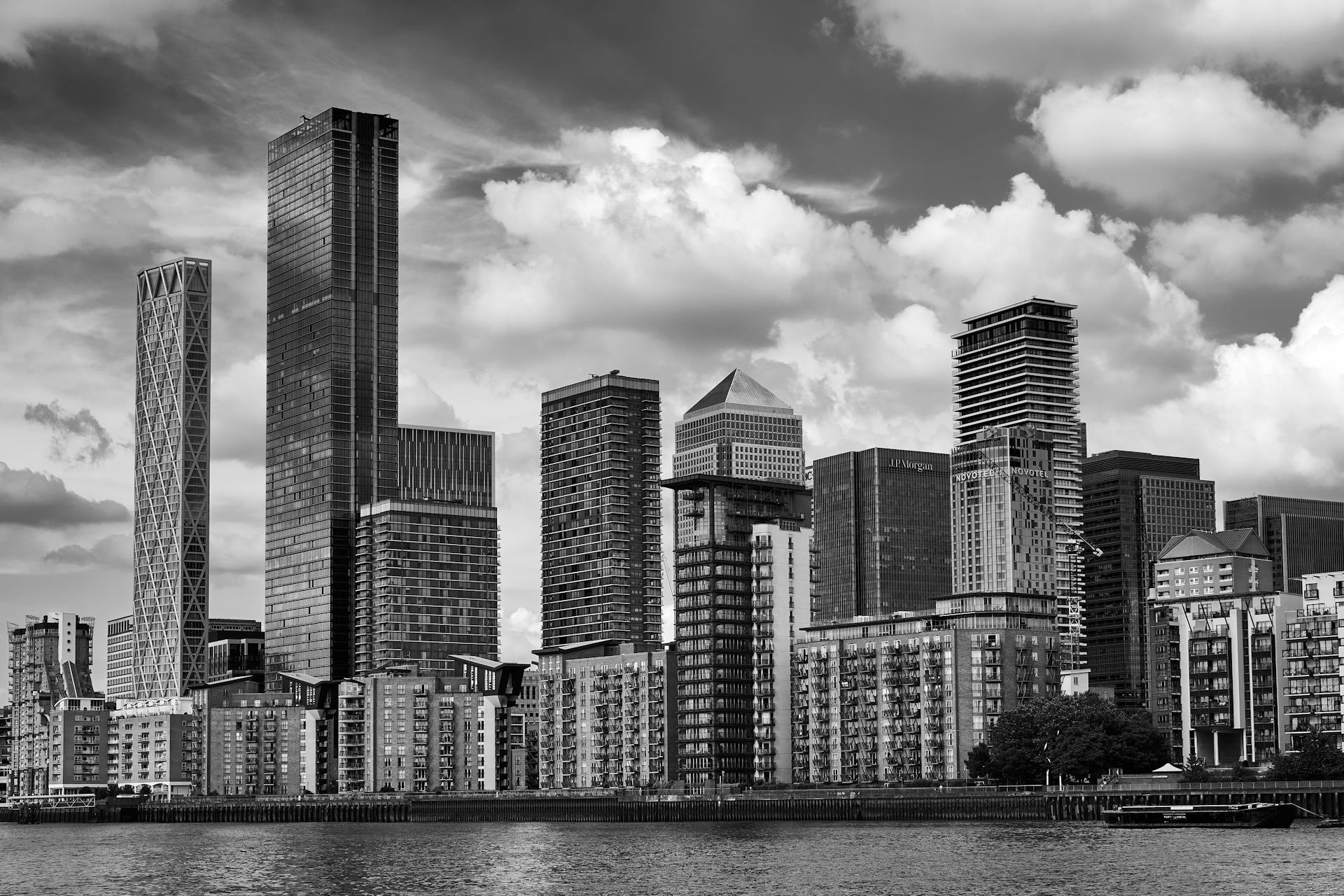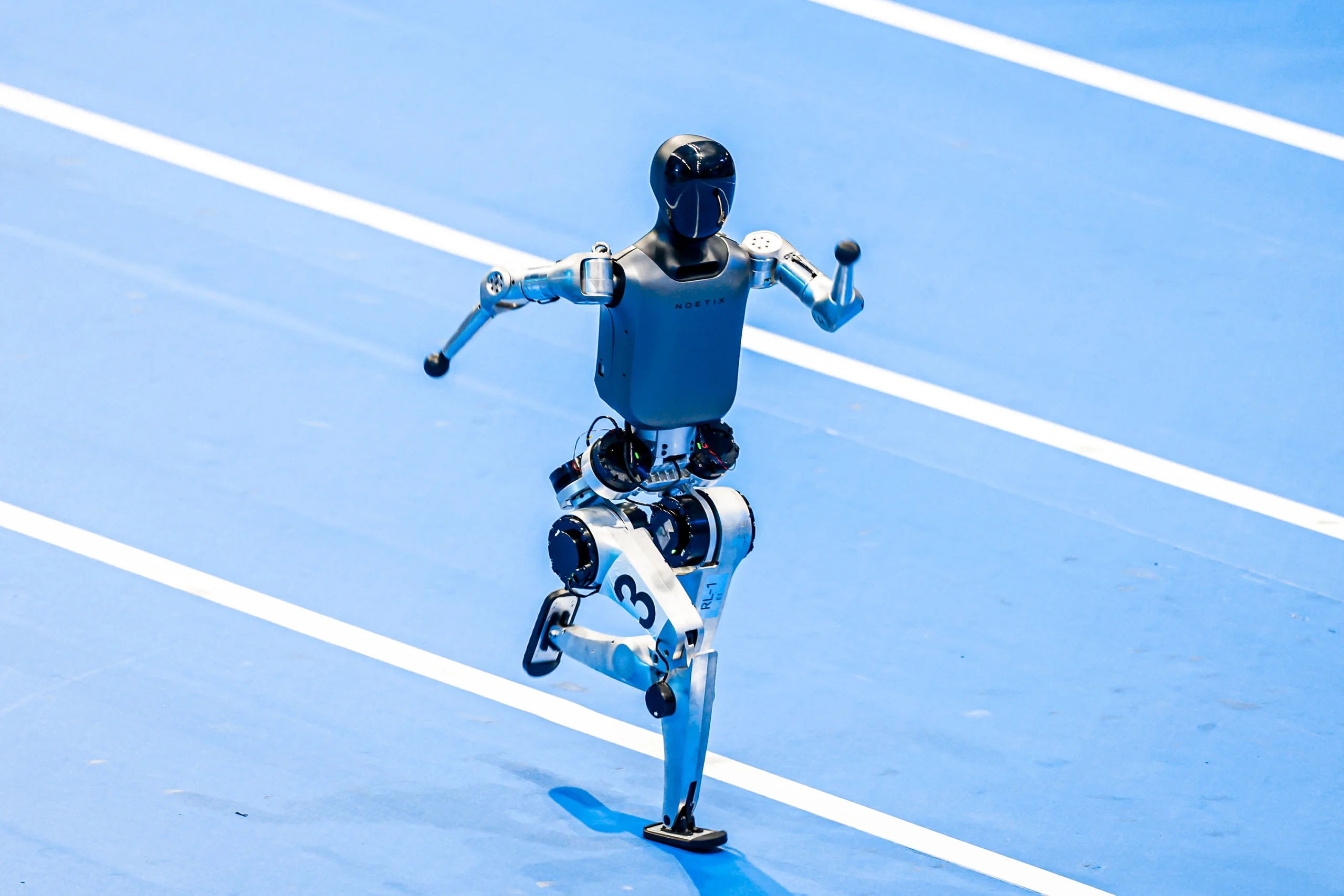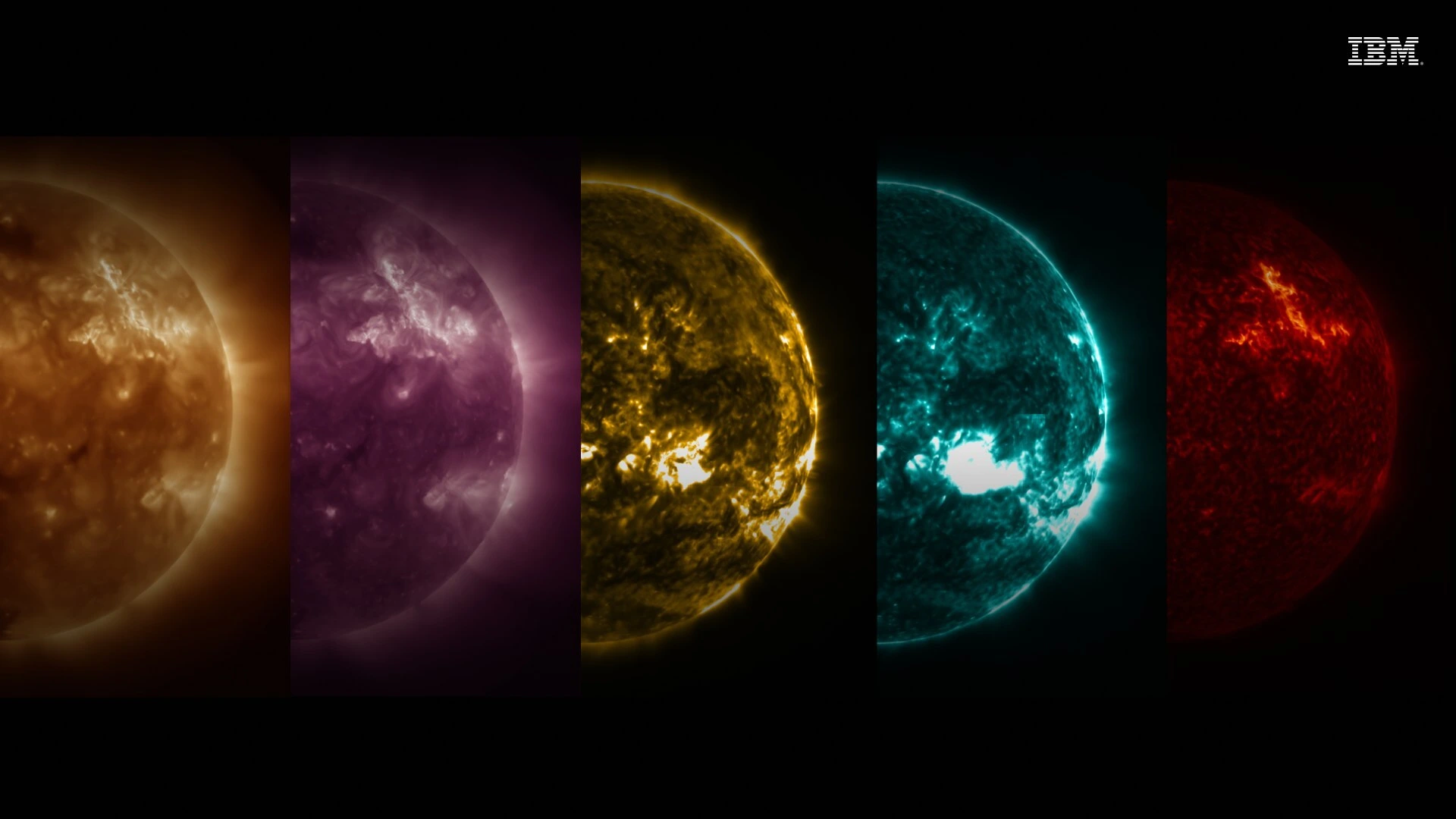Why binary isn’t going anywhere

John E. Kaye
- Published
- Home, Technology
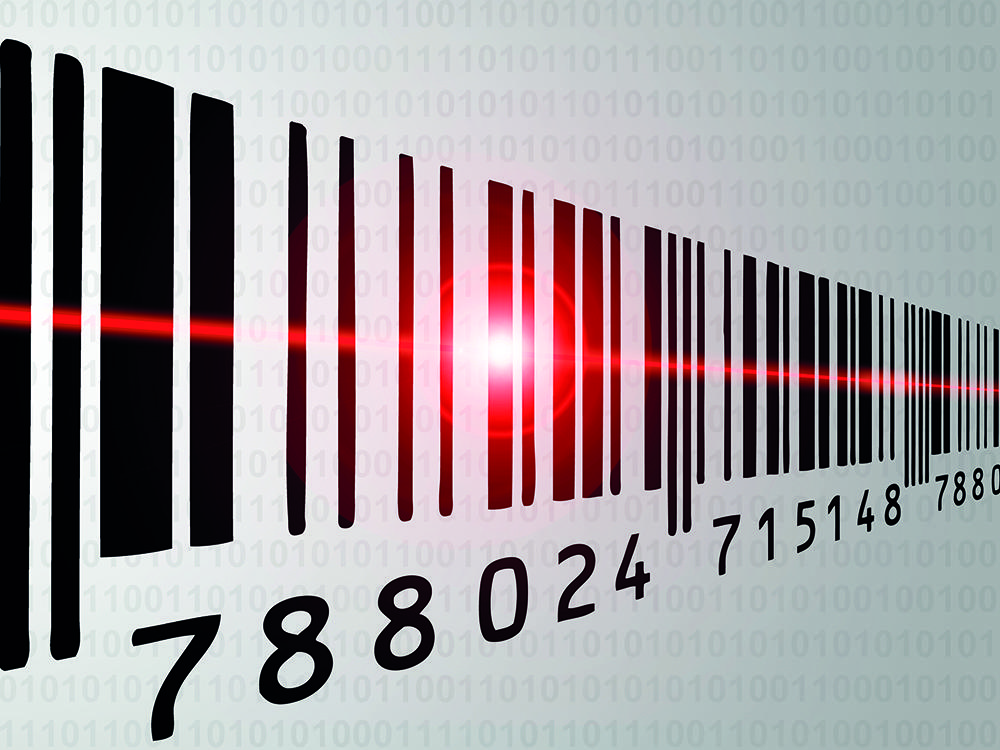
Next time you see the humble barcode, remember, it’s a small but mighty player in the data revolution, says Christian Floerkemeier of Scandit
To many, the modest barcode may seem an unexciting, even archaic tool in an era of advancements and sophisticated technology. Yet, those little strips of black and white bars – the heartbeat of supply chains across the globe – are far from becoming obsolete.
The barcode is evolving, leading the charge in a data capture revolution. While others prophesy a barcode apocalypse with the rise of image-recognition robots, I firmly believe in the barcode’s resilience and continued vitality.
Barcodes have been the unsung heroes in the logistics, healthcare, and retail industries for over half a century, silently and effectively tracking products and data. Today, they are metamorphosing, shifting from the familiar 1D to 2D formats, like QR codes and Data Matrix, under the ambitious GS1 Sunrise 2027 initiative that aims to transition from the traditional UPC/EAN barcodes.
These codes can store up to 7000 characters, transforming them into rich data reservoirs containing information such as batch data, expiry dates, and URLs. The 2D barcodes are not just about product identification; they are the key to a treasure trove of valuable data, such as batch data, expiry dates, and product information for consumers. Rich information at your fingertips eliminates the need for additional look-up steps, streamlining processes and boosting productivity.
Limitations of image recognition and RFID tags
While technology’s rapid advancement presents alternative solutions such as image recognition and radio frequency identification (RFID) tags, they are not without limitations. RFID technology, despite its ability to manage inventory without a direct line of sight, is constrained by its cost and impracticality for fast-moving consumer goods like groceries. Meanwhile, image recognition – though it holds immense potential – demands constant system updates with every product packaging change, necessitating multiple data inputs for accuracy. In addition, it has limitations when faced with multiple brown boxes that look similar.
The barcode is the backbone of supply chain environments. Used alongside these other identifiers, the combined use of text, image and barcode can provide a holistic view of a retail shelf for example – including whether pricing is correct and stock accurately placed – without having to solely rely on a correctly oriented barcode. But the barcode’s simplicity is what unites these other elements, and without it, the same level of data capture couldn’t be achieved today.
So, amidst these complexities, the trusty barcode continues to shine. It remains an indispensable tool, particularly for businesses with stringent budgets or complex operations.
The myth of full automation
The allure of fully automated warehouses and retail stores captivates many. Imagine sensors flawlessly identifying customer behaviour, or robots conducting logistical operations with zero human intervention. However, this utopian dream is still just that.
The reality is operations are far from uniform, and full automation remains a niche case, applicable only to the most controlled environments with singular product outputs. The barcode remains indispensable as the simplest method of data capture.
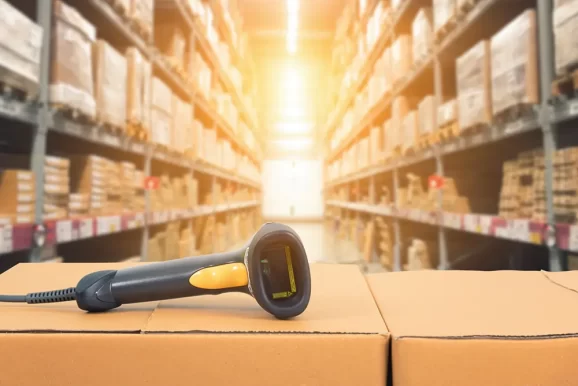
Embracing multi-modality
The future of data capture is not reliant on a single “silver bullet” technology but a blend of multiple solutions. RFID tags, for instance, can effectively manage high-value goods like clothing and shoes. Image recognition might be ideal for recognising individual, distinctive stock keeping units (SKUs) when 95-97% accuracy suffices. As technology advances, the role of text recognition and dimensioning (recognising object size) will grow, offering richer information and context. The emphasis is already shifting from merely capturing data to intelligently integrating and analysing multi-modal data sources. This smart data capture revolution enhances our understanding and interaction with tangible assets and operations, empowering us to make more informed decisions.
With the advancements in AI and machine learning, not only can data extraction be streamlined but use of these tools can interpret intricate multimodal inputs. By doing so, they can unlock the full spectrum of data’s potential, empowering businesses to leverage insights that were previously inaccessible or obscured.
However, the evolution of the barcode is not just about packing more data into a symbol. It’s about integrating the barcode into multimodal systems that capture a comprehensive picture of tangible assets and physical operations. The barcode’s future lies not in its isolation but in its integration, working alongside other technologies to provide richer, actionable insights for businesses.
The future is here
The rise of smart data capture, powered by the evolution of barcodes, heralds a new chapter in data capture technology. It goes beyond the mere act of scanning a barcode, focusing on end-to-end processes that extract maximum value from data. As the barcode revolution rolls on, I foresee a world where data capture becomes more intuitive, agile, and intelligent, transforming businesses and the way we interact with the world.
So next time you see a barcode, remember it’s not just a bunch of lines and spaces. It’s a key to unlocking a wealth of information, a small but mighty player in the data revolution. Reports of the barcode’s death have indeed been greatly exaggerated. The barcode is not only surviving; it’s thriving, evolving, and shaping the future of data capture.

About the author
Christian Floerkemeier is CTO and co-founder at Scandit.
Sign up to The European Newsletter
RECENT ARTICLES
-
 Europe emphasises AI governance as North America moves faster towards autonomy, Digitate research shows
Europe emphasises AI governance as North America moves faster towards autonomy, Digitate research shows -
 Surgeons just changed medicine forever using hotel internet connection
Surgeons just changed medicine forever using hotel internet connection -
 Curium’s expansion into transformative therapy offers fresh hope against cancer
Curium’s expansion into transformative therapy offers fresh hope against cancer -
 What to consider before going all in on AI-driven email security
What to consider before going all in on AI-driven email security -
 GrayMatter Robotics opens 100,000-sq-ft AI robotics innovation centre in California
GrayMatter Robotics opens 100,000-sq-ft AI robotics innovation centre in California -
 The silent deal-killer: why cyber due diligence is non-negotiable in M&As
The silent deal-killer: why cyber due diligence is non-negotiable in M&As -
 South African students develop tech concept to tackle hunger using AI and blockchain
South African students develop tech concept to tackle hunger using AI and blockchain -
 Automation breakthrough reduces ambulance delays and saves NHS £800,000 a year
Automation breakthrough reduces ambulance delays and saves NHS £800,000 a year -
 ISF warns of a ‘corporate model’ of cybercrime as criminals outpace business defences
ISF warns of a ‘corporate model’ of cybercrime as criminals outpace business defences -
 New AI breakthrough promises to end ‘drift’ that costs the world trillions
New AI breakthrough promises to end ‘drift’ that costs the world trillions -
 Watch: driverless electric lorry makes history with world’s first border crossing
Watch: driverless electric lorry makes history with world’s first border crossing -
 UK and U.S unveil landmark tech pact with £250bn investment surge
UK and U.S unveil landmark tech pact with £250bn investment surge -
 International Cyber Expo to return to London with global focus on digital security
International Cyber Expo to return to London with global focus on digital security -
 Cybersecurity talent crunch drives double-digit pay rises as UK firms count cost of breaches
Cybersecurity talent crunch drives double-digit pay rises as UK firms count cost of breaches -
 Investors with €39bn AUM gather in Bologna to back Italy’s next tech leaders
Investors with €39bn AUM gather in Bologna to back Italy’s next tech leaders -
 Axians and Nokia expand partnership to strengthen communications infrastructure across EMEA
Axians and Nokia expand partnership to strengthen communications infrastructure across EMEA -
 Forterro buys Spain’s Inology to expand southern Europe footprint
Forterro buys Spain’s Inology to expand southern Europe footprint -
 Singapore student start-up wins $1m Hult Prize for education platform
Singapore student start-up wins $1m Hult Prize for education platform -
 UK businesses increase AI investment despite economic uncertainty, Barclays index finds
UK businesses increase AI investment despite economic uncertainty, Barclays index finds -
 Speed-driven email security: effective tactics for phishing mitigation
Speed-driven email security: effective tactics for phishing mitigation -
 Short circuit: humanoids go for gold at first 'Olympics for robots'
Short circuit: humanoids go for gold at first 'Olympics for robots' -
 New IBM–NASA AI aims to forecast solar flares before they knock out satellites or endanger astronauts
New IBM–NASA AI aims to forecast solar flares before they knock out satellites or endanger astronauts -
 AI is powering the most convincing scams you've ever seen
AI is powering the most convincing scams you've ever seen -
 British firm Skyral to help Mongolia tackle pollution with AI traffic modelling
British firm Skyral to help Mongolia tackle pollution with AI traffic modelling -
 The nuclear medicine breakthrough transforming cancer care
The nuclear medicine breakthrough transforming cancer care


